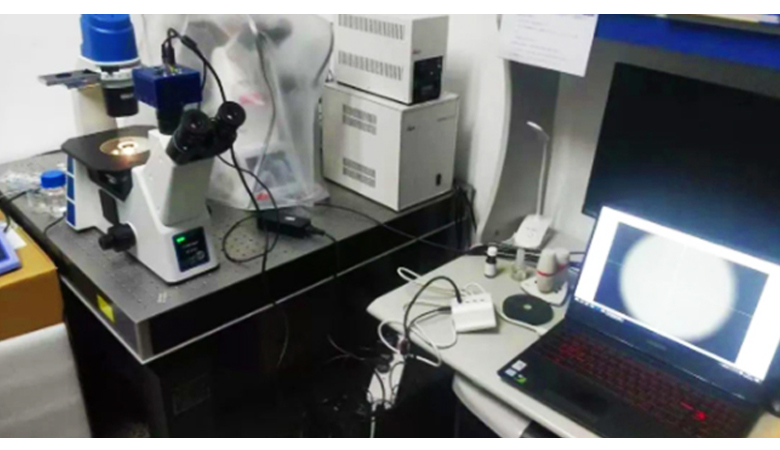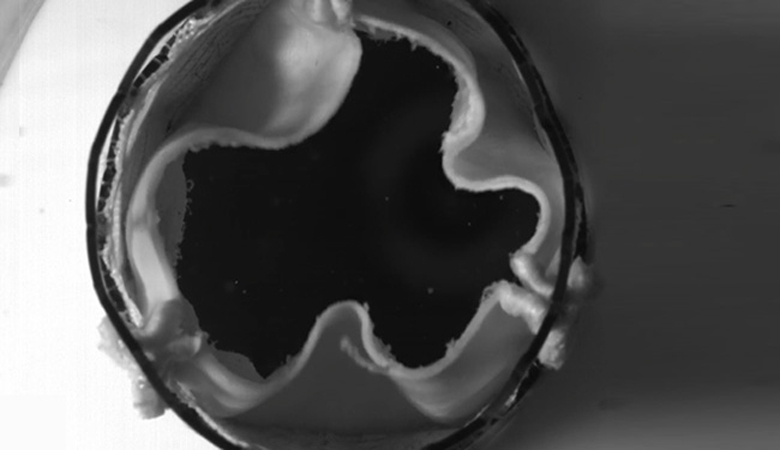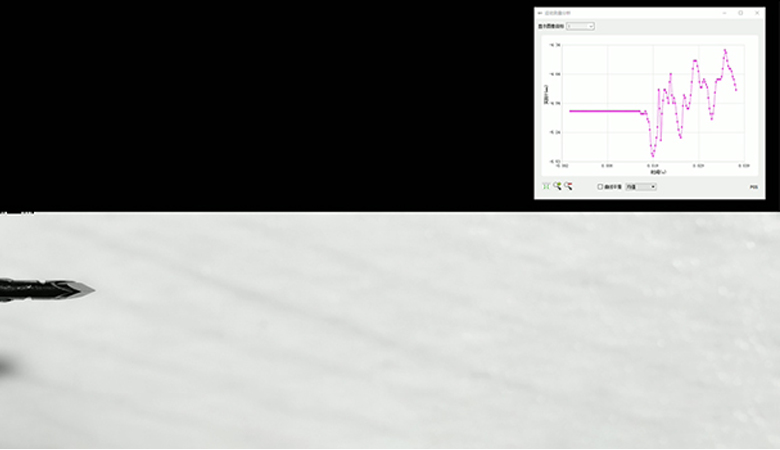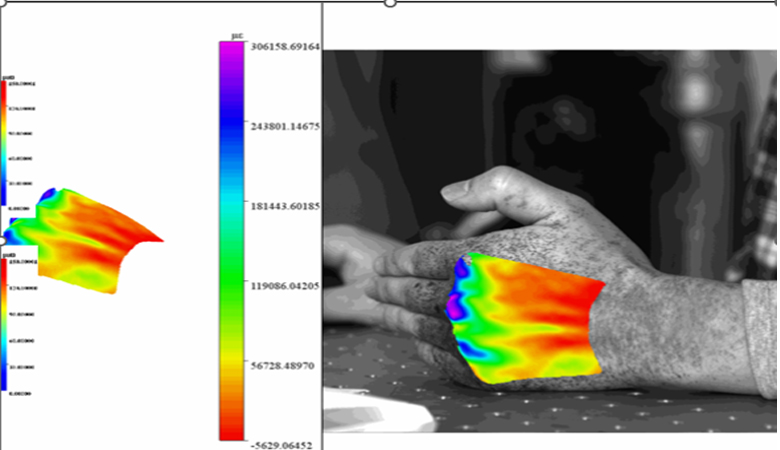
The high-speed camera is compatible with mainstream biological microscopes on the market. It can capture the flow mechanisms of micrometer-level droplets or cells under external forces such as electric field forces and siphoning forces in high definition.

The high-speed camera observes whether stratification occurs during each opening and closing of the biomimetic valve to identify defective products.

The high-speed camera analyzes the vibration trajectory of puncture-type medical devices. It compares the vibration data horizontally and provides quantitative improvements to the product manufacturing process.

The high-speed DIC measurement system uses non-contact full-field tracking of speckle patterns on the skin surface to dynamically monitor micro-strain distribution. It accurately quantifies the three-dimensional deformation characteristics and biomechanical responses of living tissues under pressure loading. This provides crucial mechanical data for the study of pressure injury mechanisms and the ergonomic design of medical devices.